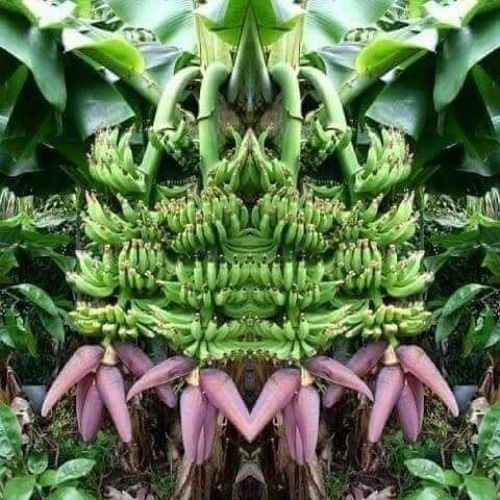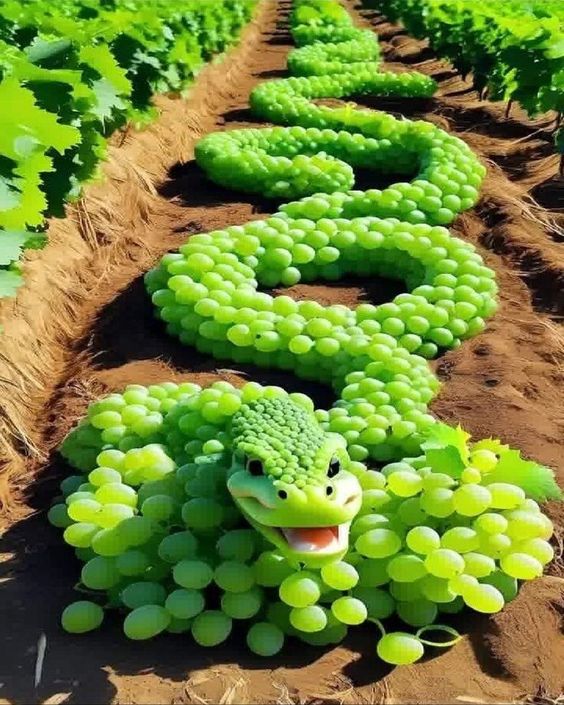In the northern region of Japan’s Niigata Prefecture, an art festival attracts thousands of visitors with its unique use of leftover straw from rice paddy harvests. While this agricultural byproduct is typically used for roofing, fertilizer, or animal feed, Niigata has found a creative way to turn it into massive animal sculptures that are both impressive and inspiring. During the annual rice harvest season, visitors can witness towering figures resembling storks, eagles, and even dinosaur-like creatures roaming the enchanting landscape as part of the Wara Art Festival, a summer event that celebrates the artistry of crafting giant animals and mythical creatures from rice straw remnants.
Straw is a valuable and traditional resource that originates from Nishikan. A few years ago, the farmers of Nishikan Ward were trying to figure out ways to effectively use the surplus straw generated during the rice harvest. This led to a fruitful collaboration with Musashino University of the Arts that continues to thrive to this day.
Under this partnership, university students design each piece of art, while skilled craftsmen from the Nishikan ward bring these designs to life. They utilize intricate wooden structures and copious amounts of straw to turn these imaginative creations into reality. This has become a popular event that celebrates the beauty and usefulness of straw.
Wooden frames are used to encase straw in order to ensure its stability and give artists a way to create large-scale artworks.
The idea of rejuvenating the region through the creation of straw-based artworks was originally introduced by Shingo Miyajima, who used to be a professor at Musabi. For centuries, straw has been utilized for various purposes such as animal feed, fertilizer, and household crafts, as it is a byproduct of rice production. However, due to the evolution of lifestyles and modernization of agriculture, this tradition has found a contemporary expression in our present-day context.
The ancient technique of Toba-ami, which is used to produce rice straw for Wara art, is slowly disappearing.
This method is a combination of simplicity and complexity. Although each straw is bulky and awkward to handle individually, the weaving technique used by the designers and the innovative patterns contributed by students from Musashino University have turned them into visually stunning and almost realistic pieces of art.
Moreover, the straw festival presents numerous fascinating experiences ranging from entertaining games, traditional musical shows to diverse handicraft kiosks.
The Wara festival is a fantastic way to make use of the leftovers from the wet rice industry, and at the same time, promote environmental conservation. This event attracts many tourists, both from within Japan and from other countries, to Niigata City, adding to the liveliness of the countryside.
Using leftover straw from the harvest, a variety of animals such as lions, eagles, crabs, and spiders are depicted in an impressive manner. Additionally, even legendary creatures like Amabie are brought to life through this creative process.
The attraction of the festival is not only in the visual appeal of its installations and decorations, but also in its celebration of the surrounding natural environment, showcasing both real and mythical creatures. This distinct combination has consistently attracted visitors from around the globe who come to experience the festivities, enjoy a sense of humor, and take unforgettable photos.
Apart from the enormous creatures, the festival also involves imitations of the insects connected to the harvest.
Japan is known for its successful education system, and it’s no surprise that even discarded straw can be transformed into innovative visual aids for young children. By engaging in such creative experiences, Japanese children regularly have the chance to explore their imagination and undergo comprehensive development from an early age.














